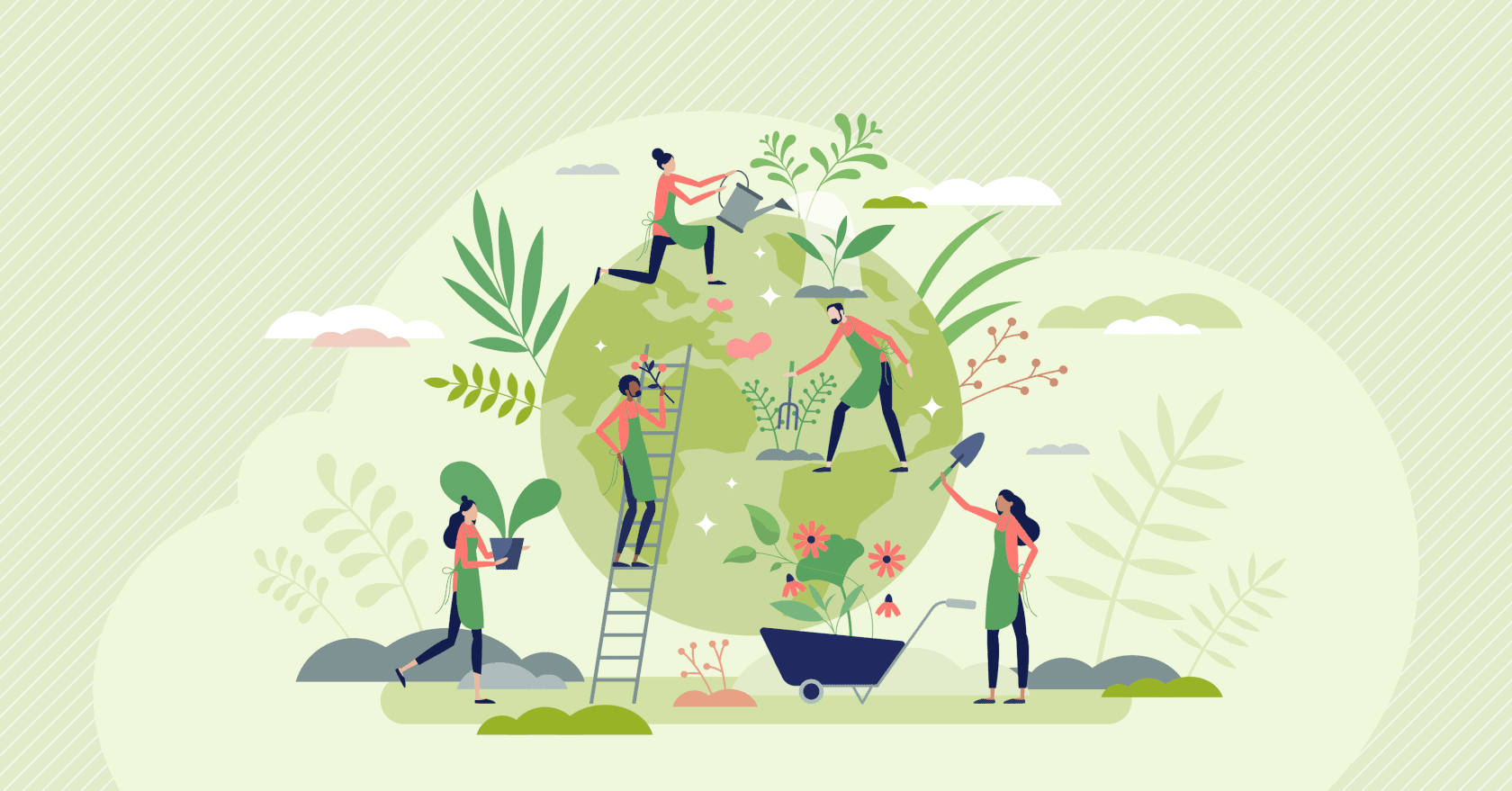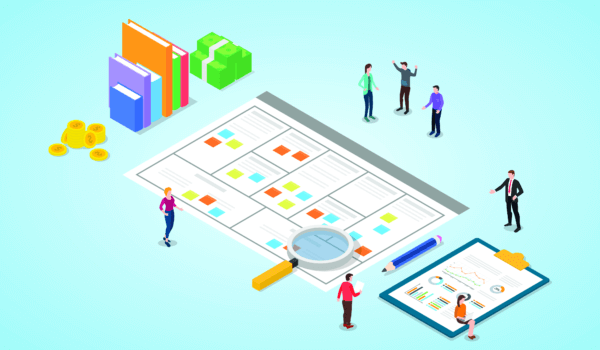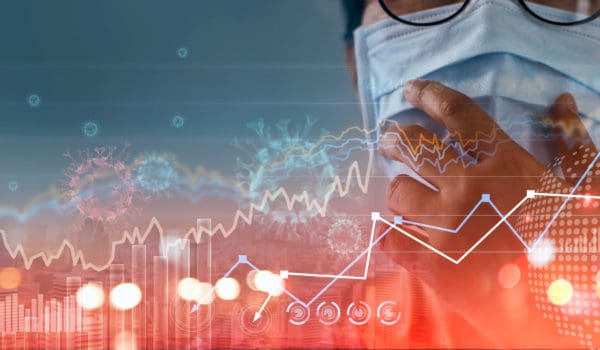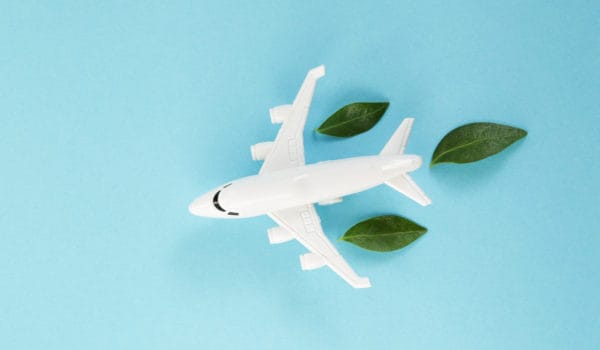According to the United Nations, every human needs decent space to live, diverse rights to get into maturity, and a material basis for their further development.
Sustainability demands change in humans’ behavior by reforming institutions, integrating civil society, increasing citizens’ participation, responsible consumption, tackling unsustainable population growth, social and climate justice, and establishing sustainable value and belief systems. Humans tend to get rich and increase their wealth to live more comfortably. This phenomenon applies to developing and developed countries, where the more income you have, the more consumption you will have. An increase in consumption is a gradual transformation from basic needs to new temptations and a luxurious lifestyle. For instance, several vehicles in a family for each member, costly holidays, sports cars, and house equipment impact the environment from the time that item is manufactured to the time it is used. To shift towards reducing environmental damage, we need to change our consumption behaviors, manufacturing chain of products, supply chain of services, and people’s ability to fulfill their needs sustainably.
Technology is developing day by day, and it should lead to using eco-technologies more often with efficiency, saving energy, less waste production, and long-term usage. Within present changes, policies, and strategies, public and private institutions are required to find breakthroughs that can boost economic growth, technological advancement, quality of life, human well-being, and a sustainable environment.
There is a concept of culture, which is a shared belief, value, norm, and attitude. Culture facilitates human interaction and behavior with technology, consumption, and industrial production. Within these norms and attitudes, the public has the power to push social and economic institutions to regulate sustainable supply and demand frameworks. On the other side, material possessions and consumption level are people’s identity, success, and power. Yet, we lack environmental shortsightedness in practice and social sense in our cultures.
Population Growth & Unsustainable Behavior Example
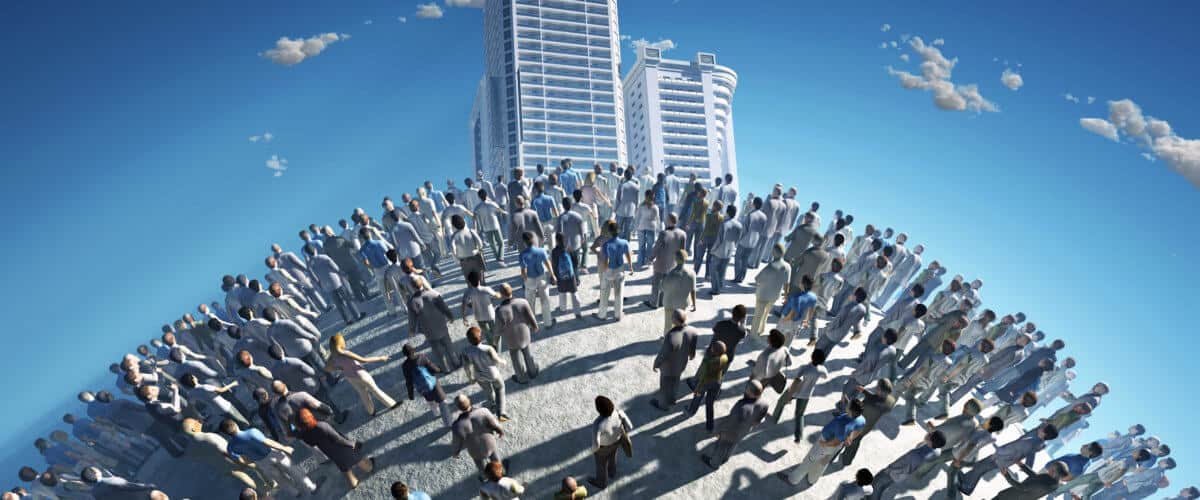
Our world is overpopulated, and we struggle to feed everyone and fulfill each individual’s needs. The poverty and hunger in developing countries are rising, and in the same environment, we are witnessing an increase in the population. The Earth has accommodated over 7.8 billion human beings, and statistics indicate that since the Second World War, between each 12-15 years, 1 billion is added to our population. We have not been kind to our planet. We have created many problems such as endangering water resources, destruction of green lands, emissions of CO2, overrun consumption of water, and food waste. The human population worldwide is increasing dramatically by 80 million births annually, and there are going to be 9.7 billion people by 2050, with a slight increase of 10.9 billion in late 2100. These are not just simple numbers; they need a decent place to live, access to water, food security, clean air, and sustainable cities with affordable energy.
Moreover, half of the predicted increase in population by 2050 will be in the USA and mostly in developing countries in Asia and Africa such as Egypt, Tanzania, Indonesia, Ethiopia, Congo, India, Nigeria, and Pakistan. Contraceptive education in the least developed countries is necessary to control the birth rates. Still, lack of knowledge in this area and sometimes religious, cultural, and traditional barriers prevent this topic from being discussed. In climate change, the low-income communities in Asia and Africa will suffer the most, and approximately 150,000 mortality will be added due to poverty, various diseases, lack of nutrition, and water overflow.
There was a call to action for the developing countries between 2004 and 2009 by the Intergovernmental Panel on Climate Change (IPCC) to attend the United Nations Framework Convention on Climate Change (UNFCCC) and hand over their National Adaption Programme of Action (NAPA). Out of 41 proposals, 37 NAPAs considered population growth as a practical element in climate change and received funds from the Global Environmental Facility (GEF), but none of the funding projects had family planning on their agenda. The population is the main driving element in the food and water systems if the number of births increases, then the demand for these will directly increase. However, this increase in food necessity will add pressure on the agriculture sector, which will result in a dramatic rise in carbon emissions.
How to Change?
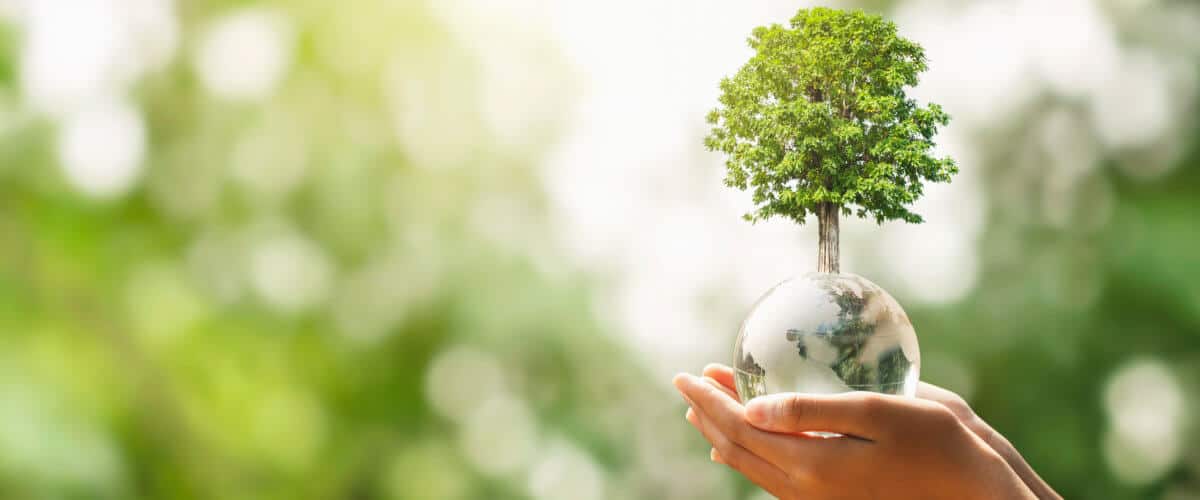
By increasing environmental awareness and shared responsibility culture, we can transform human activities, organizations’ operations, and institutional structures into a green ecosystem. Humans need to see themselves as part of nature and put nonhuman nature in their core of social and economic interest, then we can genuinely achieve something bold. Transformation is not only one individual’s task, but it starts with individual, family, community, and society, and spreads to the region and global levels. Yet, the government, private sector, and people should work together to change behavior and promote a new sustainable lifestyle.
Once Mahatma Gandhi said, “be the change you want to see in the world”, let’s start with ourselves.
Illustration: VectorMine/Shutterstock
You might also like:
Support us!
All your donations will be used to pay the magazine’s journalists and to support the ongoing costs of maintaining the site.
Share this post
Interested in co-operating with us?
We are open to co-operation from writers and businesses alike. You can reach us on our email at [email protected]/[email protected] and we will get back to you as quick as we can.
